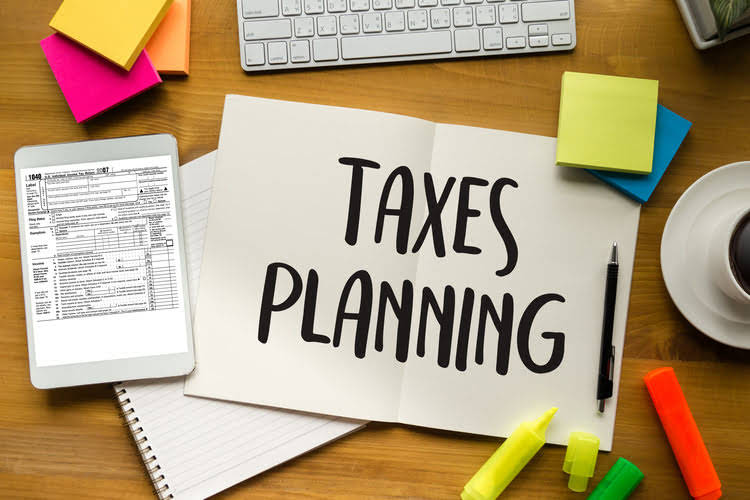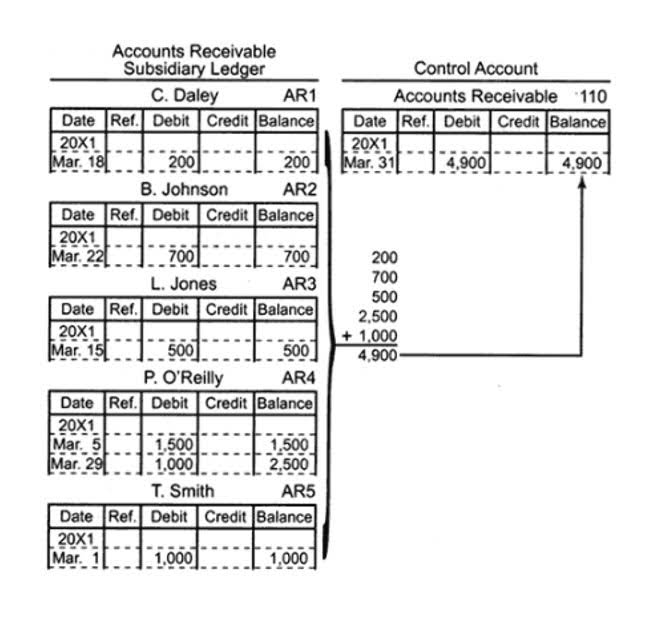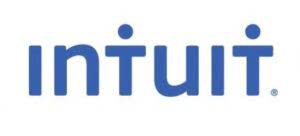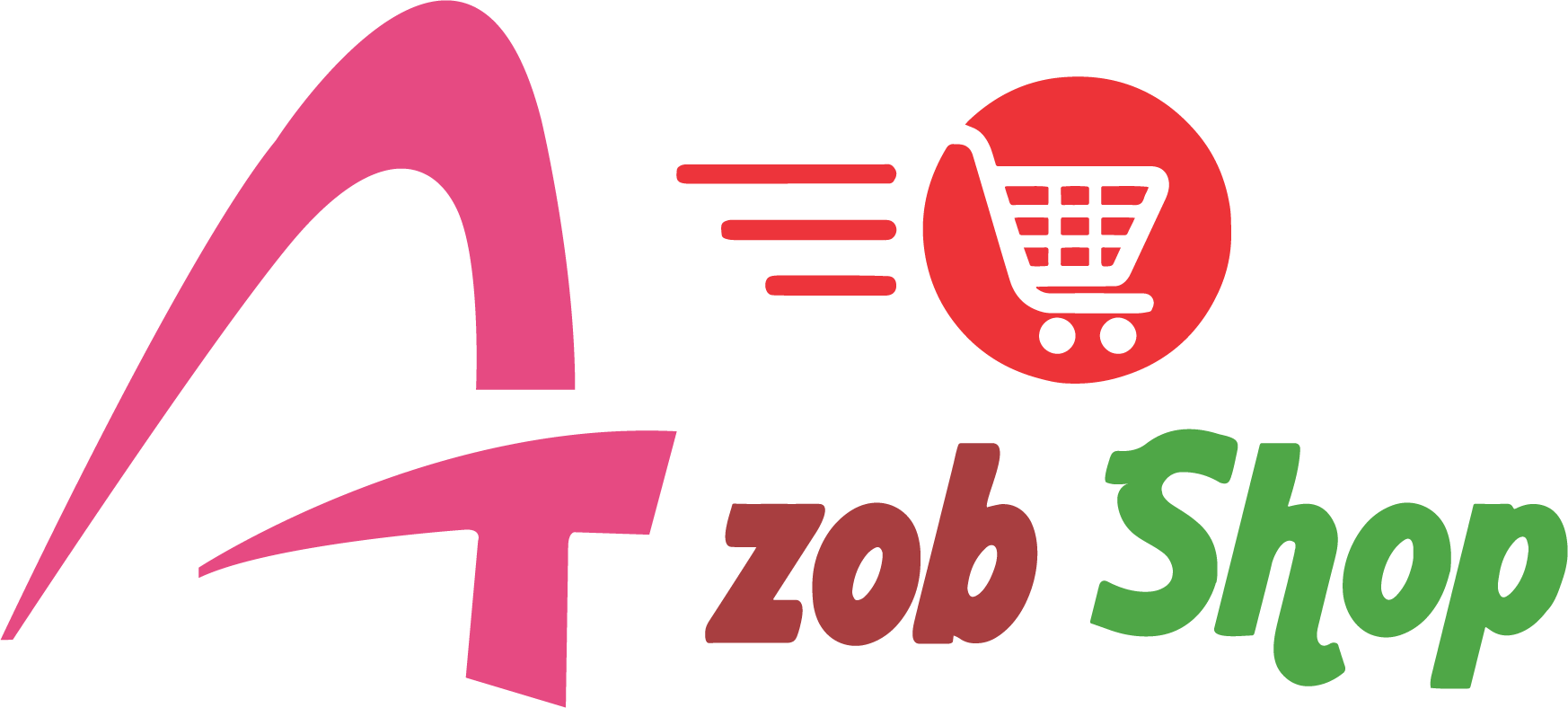
Despite innovations such as data mining and data warehousing, organizations realized they lacked an efficient and systemic way to manage and organize their data. Experimentation with different management systems began to take place, with “transparency” becoming a particularly valued characteristic for organizations seeking to make better decisions. Eventually, this led to the proliferation https://www.bookstime.com/ of more visual methods of decision-making, such as flow diagrams and decision trees.
The recognition-primed model
- Our life is the cumulative effect of the decisions we have taken up until this point.
- The RAPID framework assigns specific decision-making roles, clarifying who has the authority to make decisions, while the RACI matrix defines who is responsible, accountable, consulted, and informed.
- Simple decisions can be made faster so that not everything needs to be run by the manager.
- As you strive to implement robust decision-making frameworks within your organization, consider the power of DailyBot to streamline the process.
- Let’s walk through the standard framework for decision-making that will help you and your team pinpoint the problem, consider your options, and make your most informed selection.
- When using gradients of agreement, those casting a vote can signal their enthusiasm by selecting from multiple options along a scale of declining approval.
- One of your primary responsibilities as a manager is to get things done with and through others, which involves leveraging organizational processes to accomplish goals and produce results.
This involves assessing their effectiveness, learning continuously through feedback, and understanding customer insights to ensure outcomes align with objectives. A systematic approach to decision making is a process-driven, methodical practice that offers consistency and reduces subjectivity. This environment is characterized by clear team dynamics and a collective expertise that’s geared towards strategic outcomes. Leaders must exemplify the decision-making virtues they wish to instill within their teams. Product managers should lead this analysis, facilitating adjustments in strategies to fine-tune future decision-making processes. It should enable leadership to identify and prioritize initiatives that align strategically, ensuring that every decision propels the business towards its defined ambitions.
- Decisions vary from simple to complex and can be categorized as operational, tactical, or strategic.
- The landscape of strategic decision-making is shifting, influenced by technological advancements and new paradigms in leadership.
- It suggests decision-makers often settle for satisfactory, yet not necessarily optimal, solutions due to cognitive constraints and limited information.
- Whether you’re a business leader, a project manager, or simply someone who wants to make better decisions in your personal life, a decision making framework will provide you with the tools and techniques you need to succeed.
- Deciding whether you should order tacos or sandwiches for your team offsite doesn’t warrant this much discussion and elbow grease.
- Your previous experience with these situations has taught you that if you want to keep the employee you should beat the offer, so you mentally map out what would happen if you did.
- If you need to make fast decisions in a rapidly-evolving situation, this is not the model to go with.
How does the RAPID decision-making framework differ from RACI, and in what situations is each preferable?
One study found that 89% of managers always follow their intuition when making decisions, while a majority (59%) said they often use intuition to make decisions. what are retained earnings Use the rational model when you have a clear sense of the options available and can get detailed information on each one. Here are five of the most common and well-understood decision models, all of which you’ll find useful in the workplace. You’d use a different model when you have lots of data to inform your decision compared to a situation where you can’t access factual information. This tool is especially valuable in strategic planning and problem-solving, where the interplay between micro and macro perspectives is significant.

Give managers the tools they need to drive performance
Every managerial decision must be accompanied by research and data, collaboration, and alternative solutions. The 1950s can generally be thought of as the beginning of concrete decision-making frameworks since this is when organizations began using statistical tools for their decision models. In particular, data quality was considered anew in order to distinguish measurements based on optimal solutions from those based on real-world solutions. This led to the idea of a more decision making framework rational decision-making process that reflects human behavior and emotions over the ideal.
Recognition-Primed Decision Model (RPD)
- In today’s dynamic business environment, mastering comprehensive decision frameworks is crucial for aspiring leaders who strive to align their choices with organizational goals.
- While that may sound like a haphazard way to approach an important decision, your brain is trained to rapidly recognize patterns.
- Conducting a thorough outcome analysis helps establish the value a decision adds to an organization.
- When establishing your decision-making process, first frame the issue at hand to ensure you ask the right questions and everyone agrees on what needs to be decided.
- This process moves beyond an up/downvote and lets you sense what kind of ongoing support a choice will really have if it’s selected.
- Effective decision making in organizations hinges on clear processes and informed frameworks that guide every level, from product managers to company leaders.
- From the start, senior leaders should collectively agree on escalation protocols and stick with them to create consistency throughout the organization.
These tools and resources, when used judiciously, empower aspiring leaders to make more informed, efficient, and strategic decisions. Decision-making frameworks and models provide systematic methods to evaluate options and prioritize actions. Within the rational decision-making framework, individuals are encouraged to gather relevant data, analyze the potential outcomes of each alternative, and select the option that maximizes their objectives. This methodical approach is often used in complex decision-making scenarios where a systematic evaluation process is crucial for reaching an optimal solution. Decision-making frameworks play a crucial role in ensuring that decisions align with broader goals or objectives.


That’s not because Drucker was blind to these issues; in other writing, he strongly advocated decentralizing and delegating decision making to the degree possible. We’d argue, though, that today’s organizational complexity and rapid-fire digital communications have created considerably more ambiguity about decision-making authority than was prevalent 50 years ago. It’s simply a matter of untangling the crossed web of accountability, one decision at a time. It’s also important to develop tracking and feedback mechanisms to judge the success of decisions and, as needed, to course correct for both the decision and the decision-making process. Members of key decision-making bodies complete such evaluations at regular intervals (after every fifth or tenth meeting). Decision makers also agree, before leaving a meeting where a decision has been made, how they will track project success, and they set a follow-up date to review progress against expectations.
Why Use a Decision Making Model
Every decision entails potential risks; thus, a robust risk management process is crucial. Critical elements in decision making include setting clear goals, understanding the importance of organizational values, and recognizing the role of leadership in steering the process. A decision-making framework serves as a structured approach to evaluate options and consequences, ensuring that decisions are made systematically rather than haphazardly.
